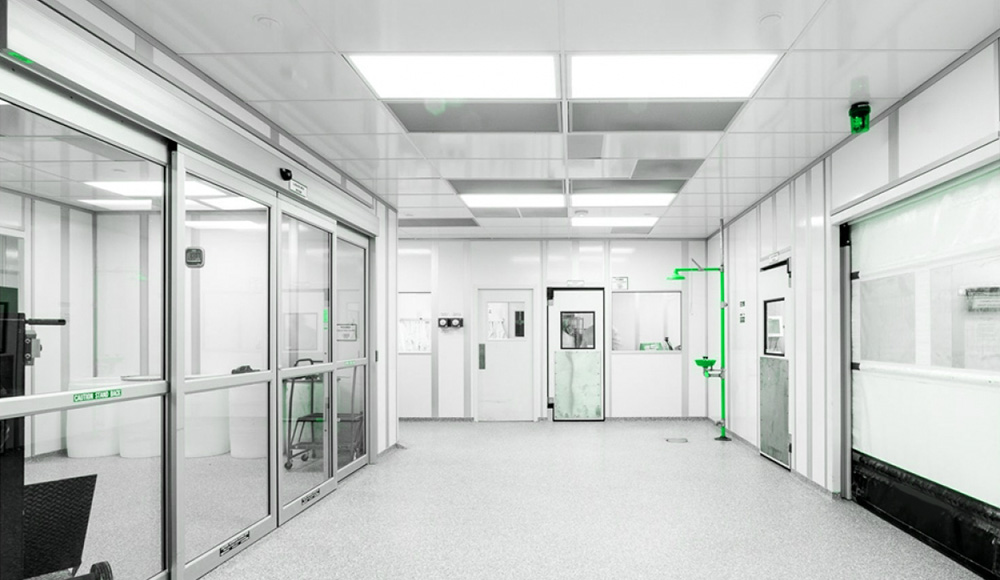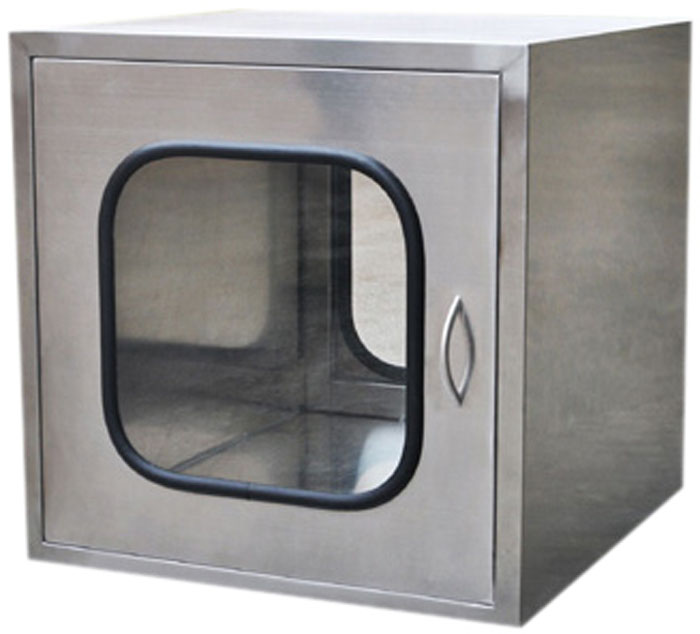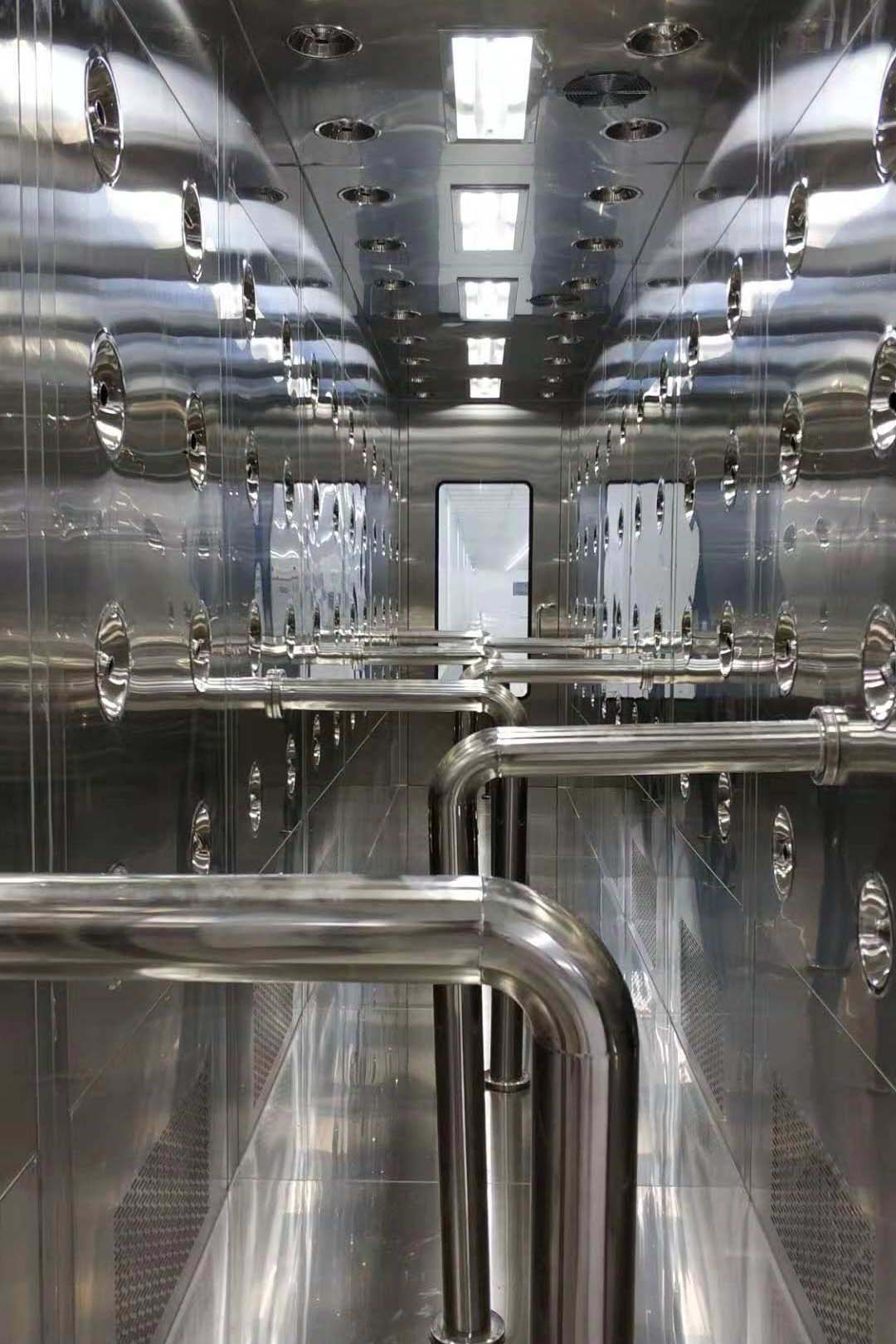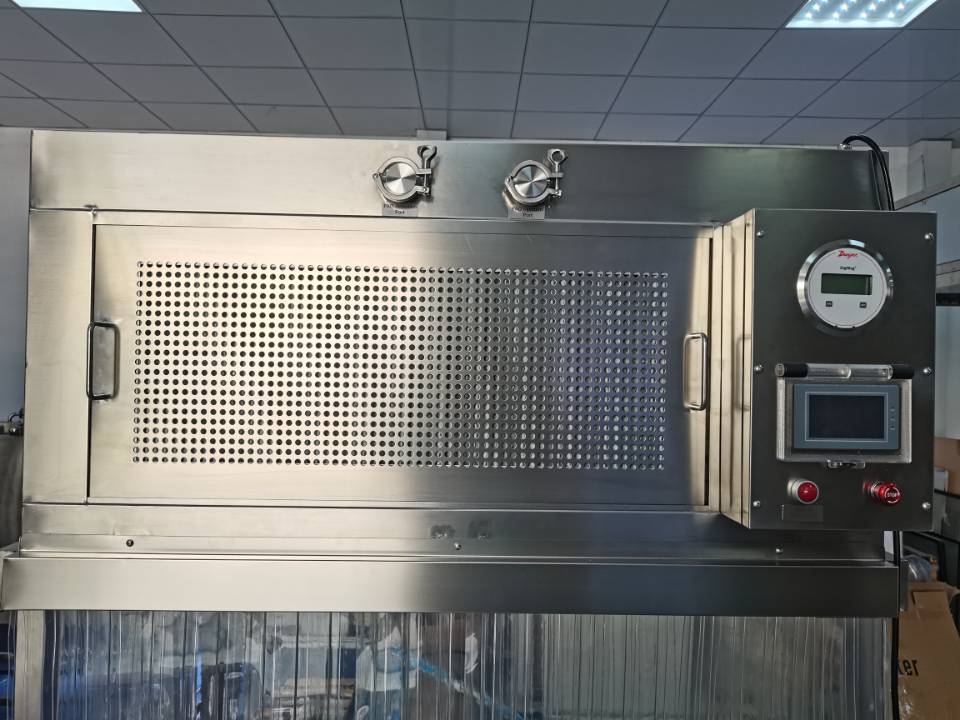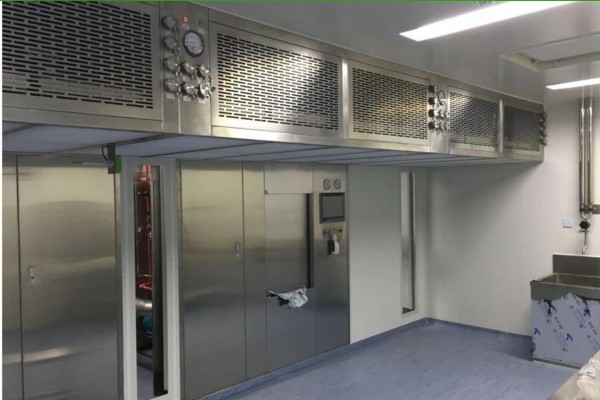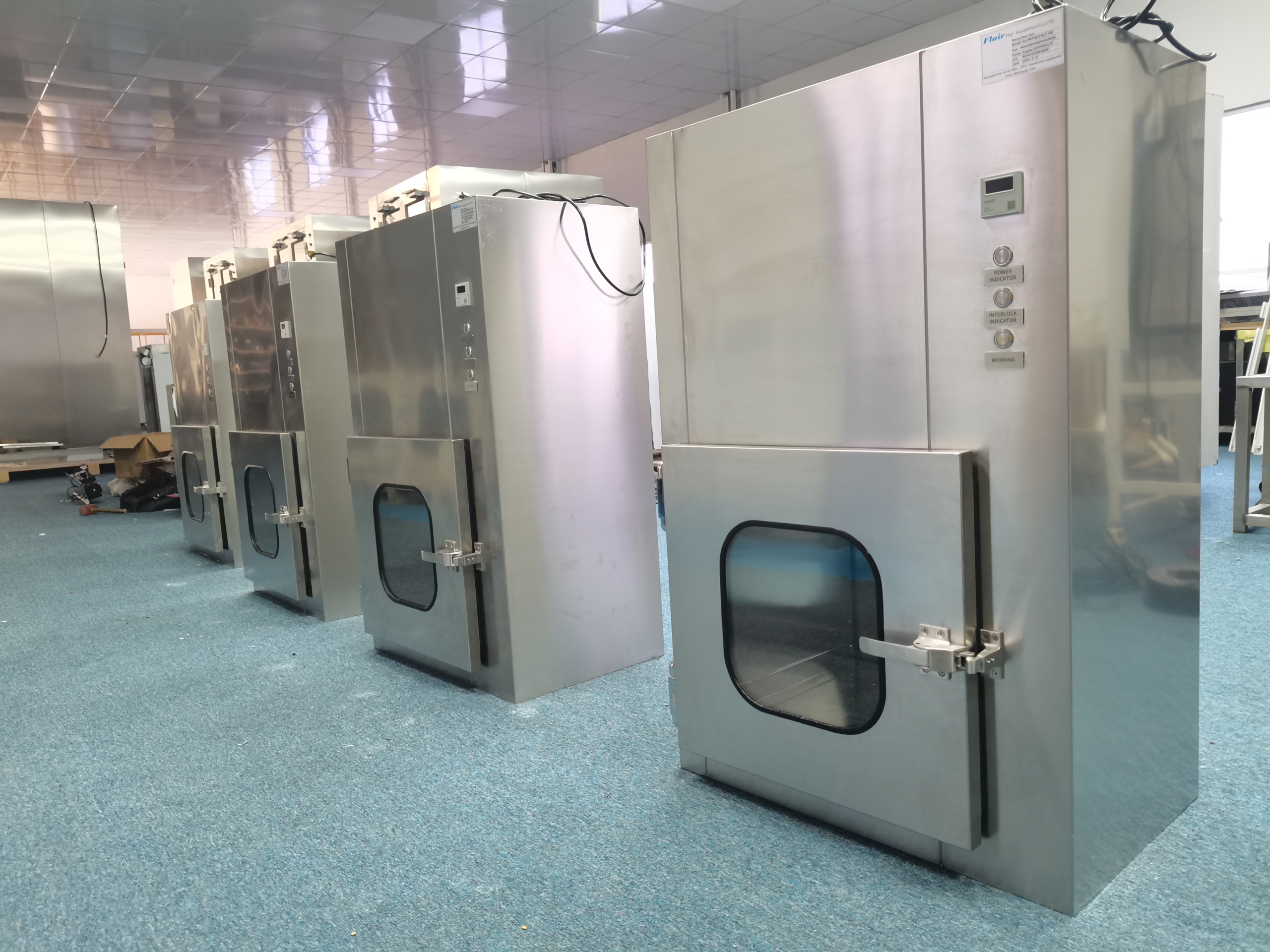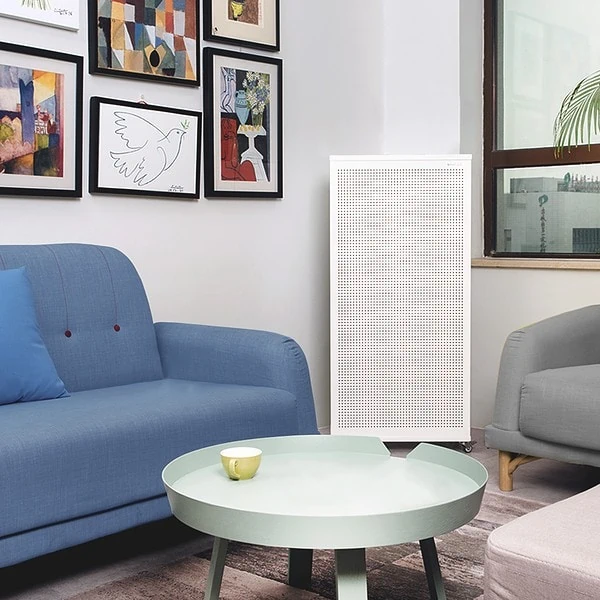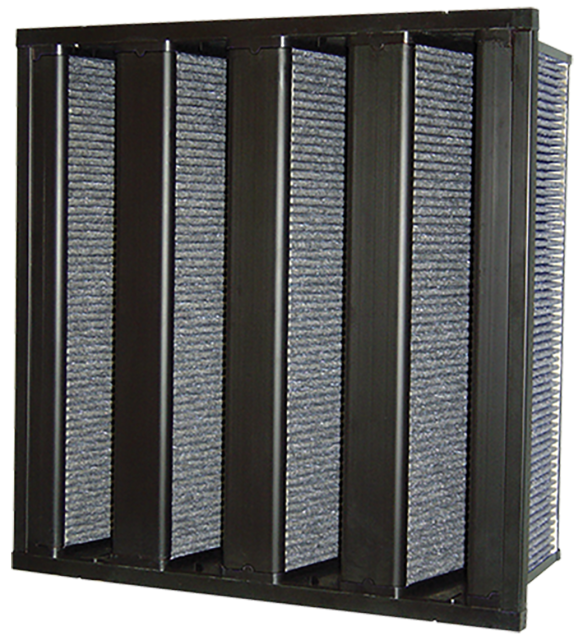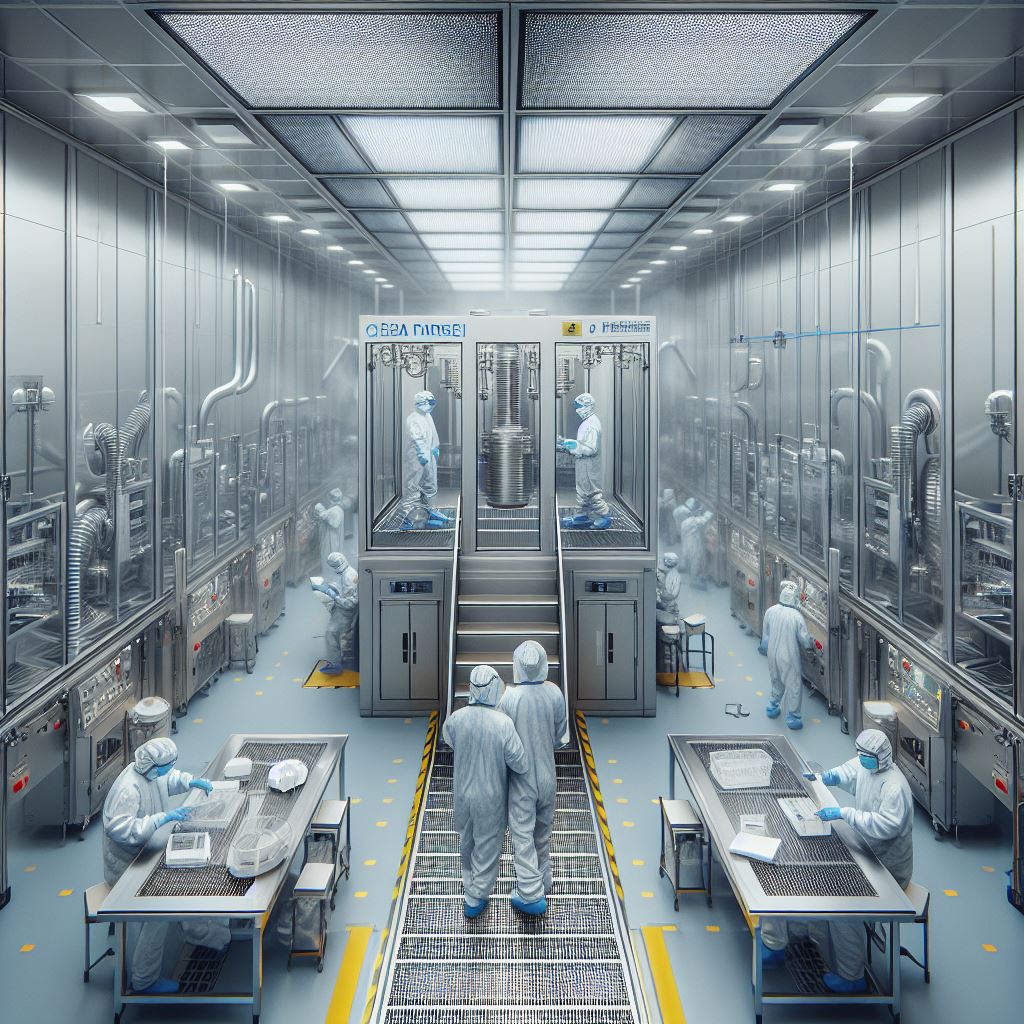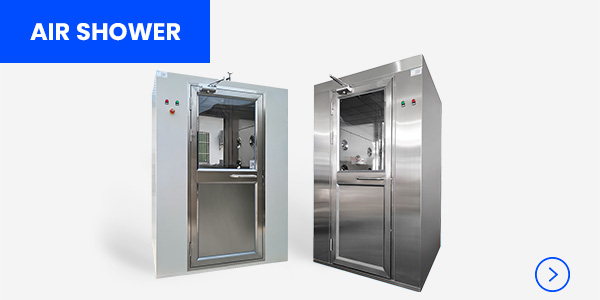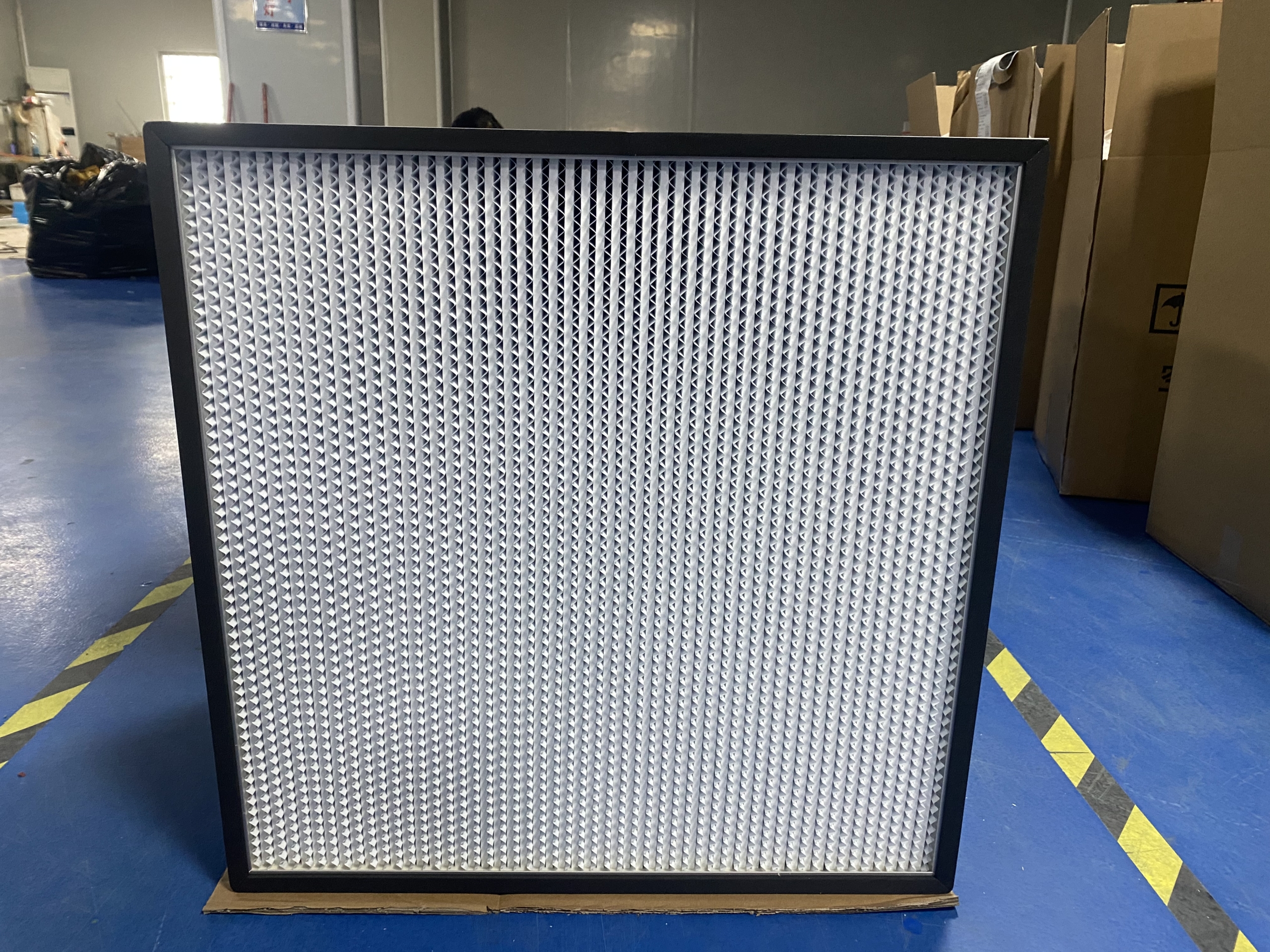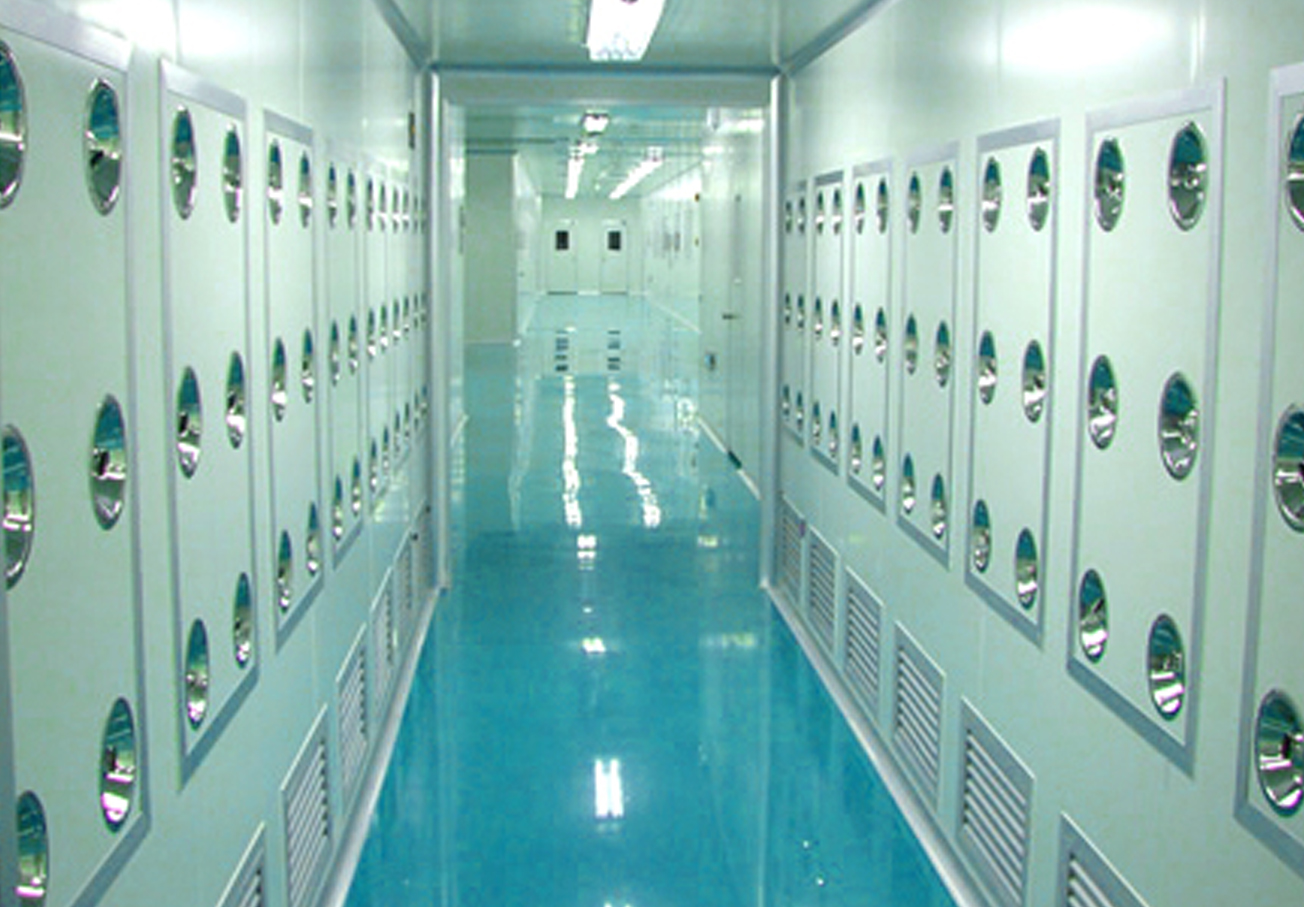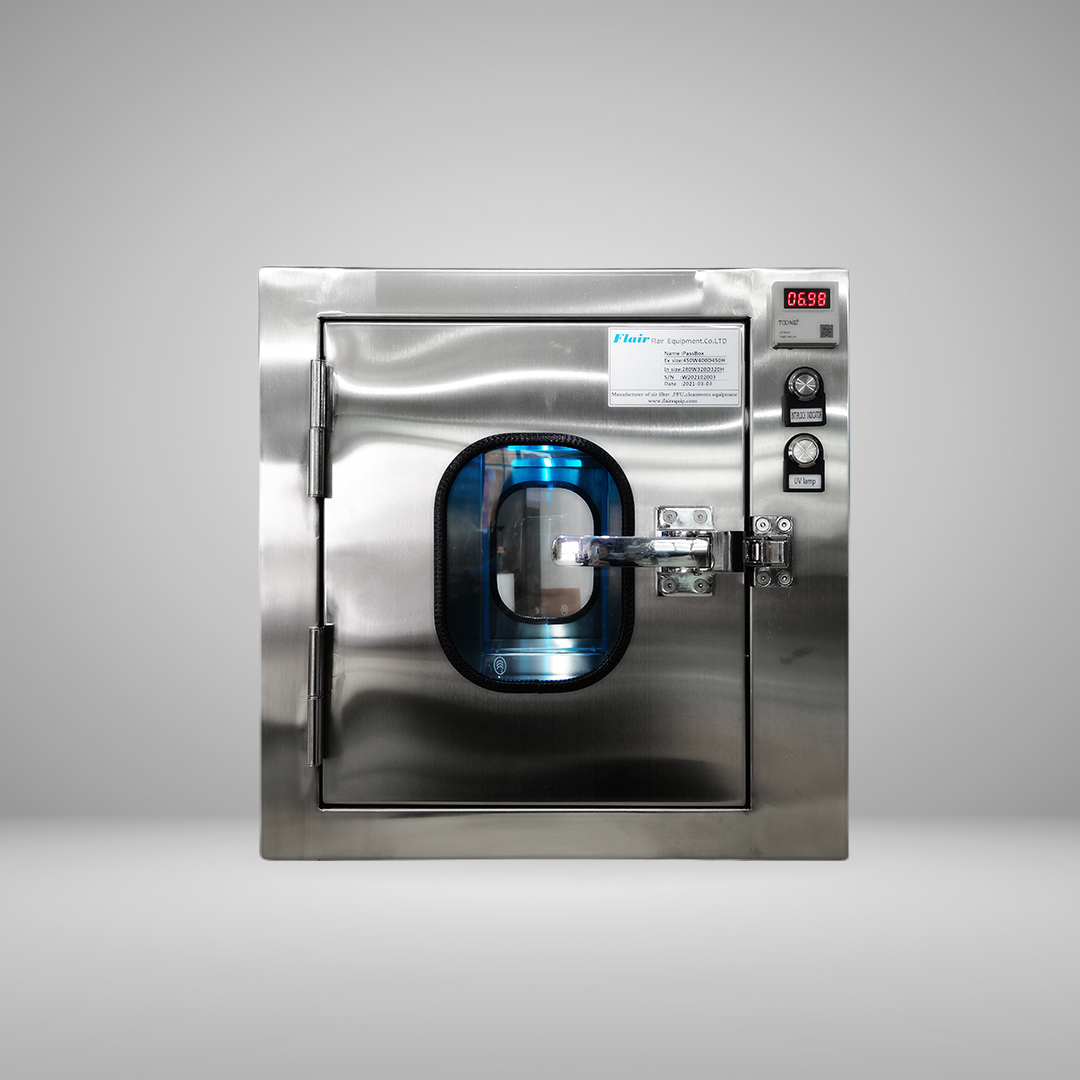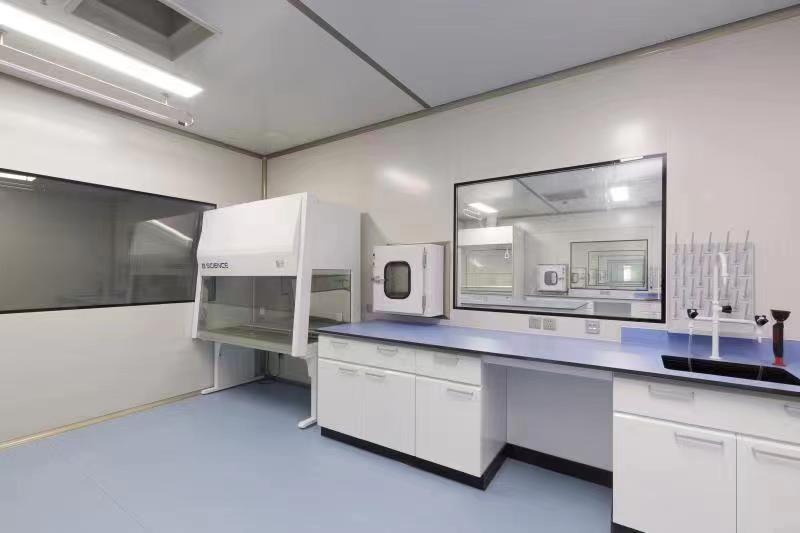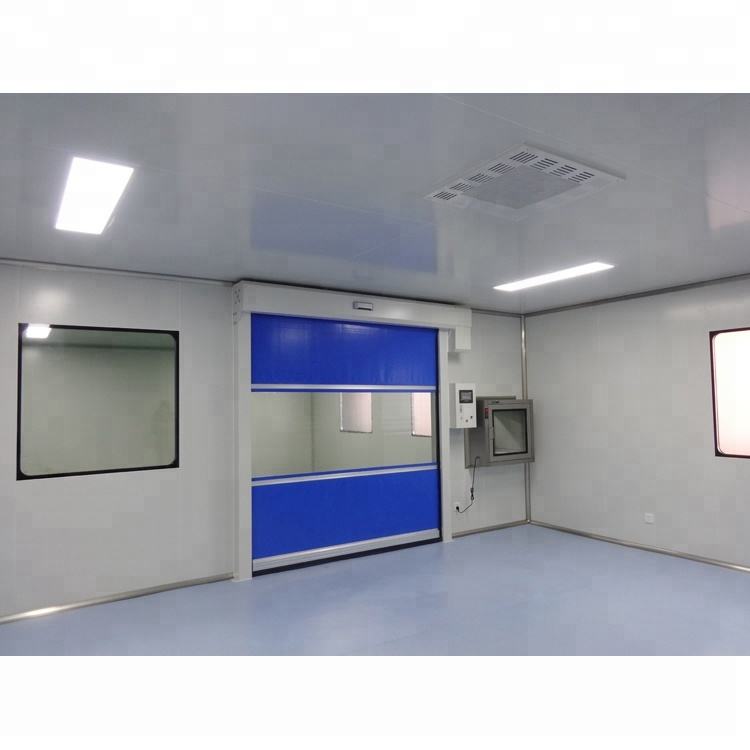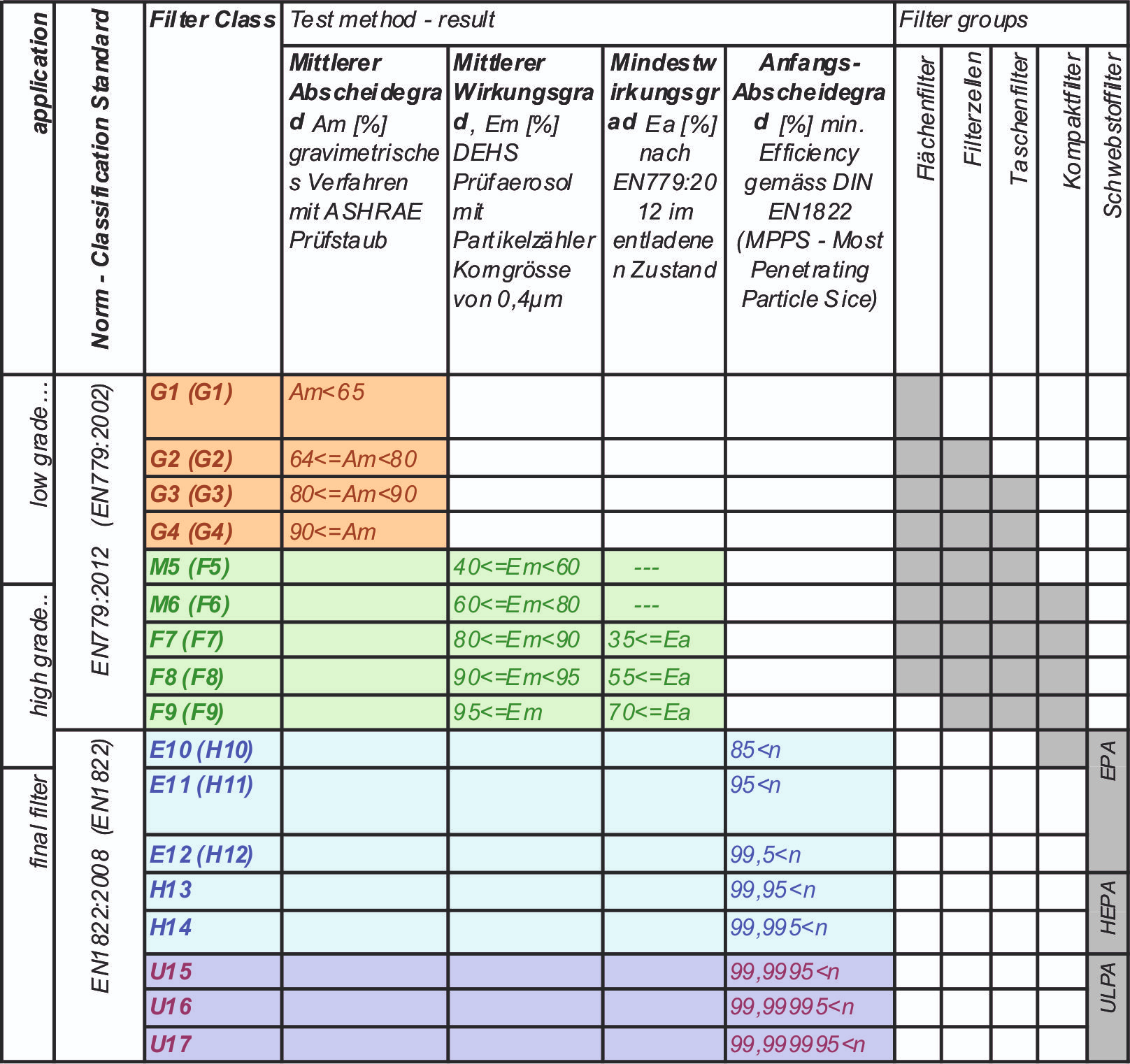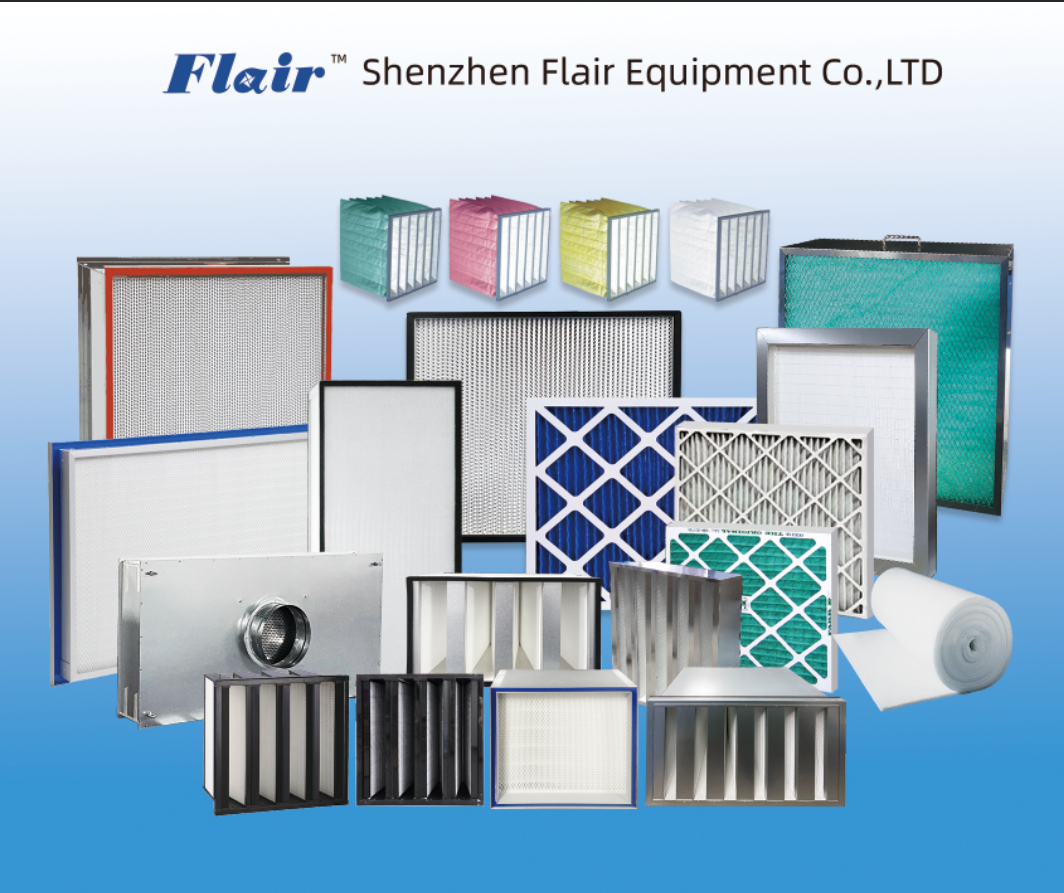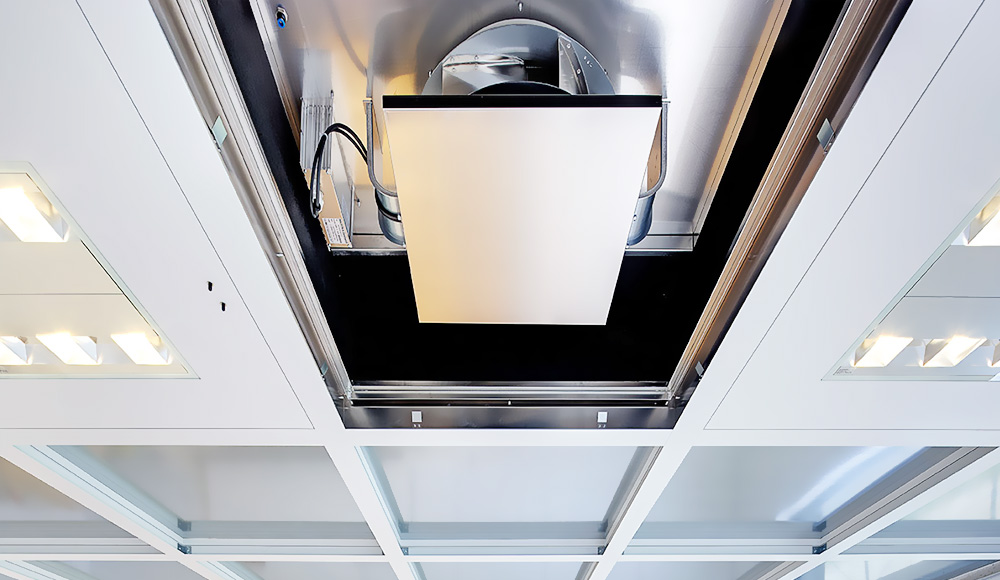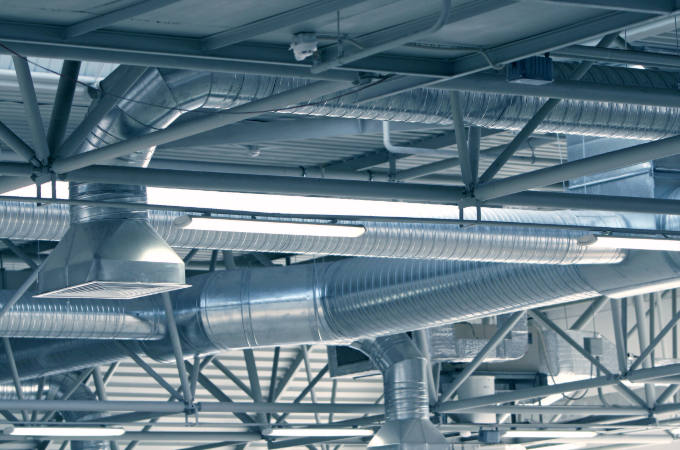Cleanroom Types and Construction
Cleanrooms are classified according to the number and size of particles permitted per volume of air. Large numbers like “class 100” or “class 1000” refer to FED-STD-209E, and denote the number of particles of size 0.5 µm or larger permitted per cubic foot of air. The standard also allows interpolation; for example, SNOLAB is maintained as a class 2000 cleanroom.
Small numbers refer to ISO 14644-1 standard, which specifies the decimal logarithm of the number of particles 0.1 µm or larger permitted per m3 of air. So, for example, an ISO class 5 cleanroom has at most 105 particles/m3.
Both FS 209E and ISO 14644-1 assume log-log relationships between particle size and particle concentration. For that reason, zero particle concentration does not exist. Some classes do not require testing some particle sizes, because the concentration is too low or too high to be practical to test for, but such blanks should not be read as zero.
What are some different types of cleanrooms?
• Stick: Custom fabricated and integrated place from the sub-contractor, these labs may take on any shape, and be sensitive and flexible to any present conditions.
• Modular: Panels are then assembled together in the field by trained professionals typically from the manufacturer. There are third-party companies like Clean Air Solutions who provide this support also.
• Hybrid: These are constructed as a combination of the two aforementioned procedures.
Among the first spaces encountered when entering a cleanroom is the gowning room. This distance (typically of higher classification) enables an employee to change to the right attire for the clean procedure inside.
• Air locks are very similar to anterooms and are intended for individuals or equipment.
• Pass-through rooms are used for samples moving from one area to another of different classifications. These can be larger for wheeled equipment also.
• Windows are designed in cleanrooms for a couple of reasons, a frequent reason being safety. It’s important to make sure that the people working within a cleanroom are secure. Windows are comprehensive to be flush-glazed to prevent any horizontal surfaces that may create an excess cleaning burden.
Cleanrooms require specialized materials and systems that push up the construction cost, including:
• Cleanroom flooring is often defined as poured-in-place epoxy or urethane or sheet vinyl with heat-welded seams. These kinds of flooring allow for a constant floor program using an integral cove base.
A less costly solution is epoxy paint.
• CPVC (Chlorinated Polyvinyl Chloride) is a sort of plastic panel utilized inside cleanrooms on the walls and ceiling which enables corrosion and chemical resistance.
• Cleanroom ceilings are generally constructed of gypsum wallboard or a cleanroom-rated ceiling grid and tile system. These tiles are occasionally made from vinyl-faced gypsum wallboard, making them thicker than normal ceiling tiles and need hold-down clips to avoid the exfiltration of air.
• Cleanroom lighting typically includes lensed and sealed fittings. These specialized fixtures are made for wash-down processes and to protect against the exfiltration of air.
• Fan Powered HEPA Filters (high-efficiency particulate arresting) filters are high-performance filters utilized to decrease the particulate count in the atmosphere. These filters are subject to technical cleaning and changing, sometimes known as “bag-in, bag-out.” This may be done within the cleanroom, remotely above, or in the air handling unit.
• Cleanroom furniture is typically made from stainless steel and/or higher-grade plastics.

